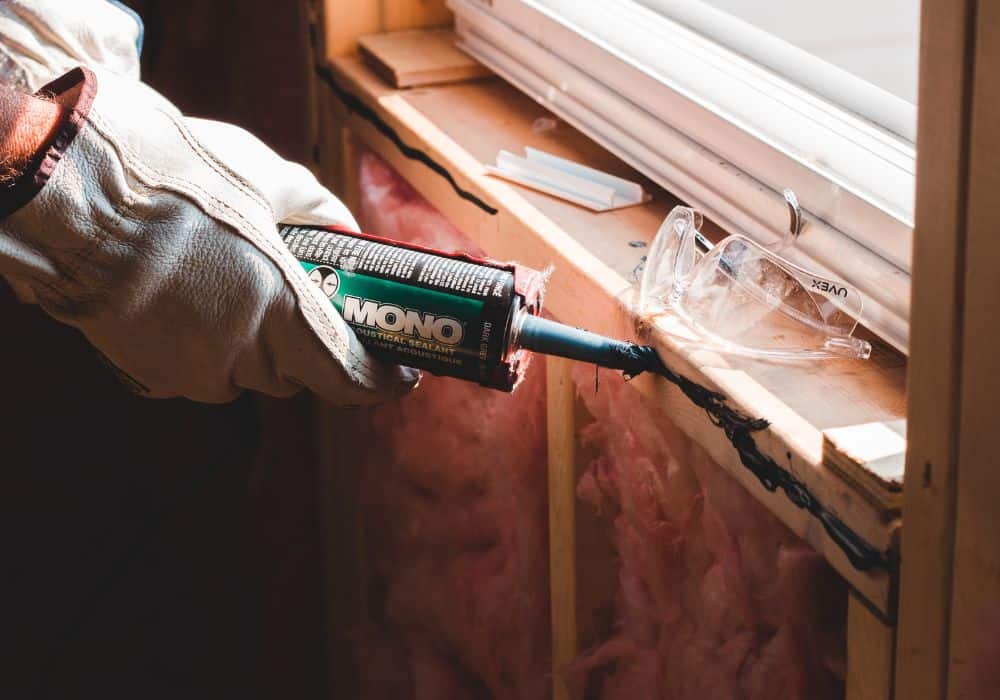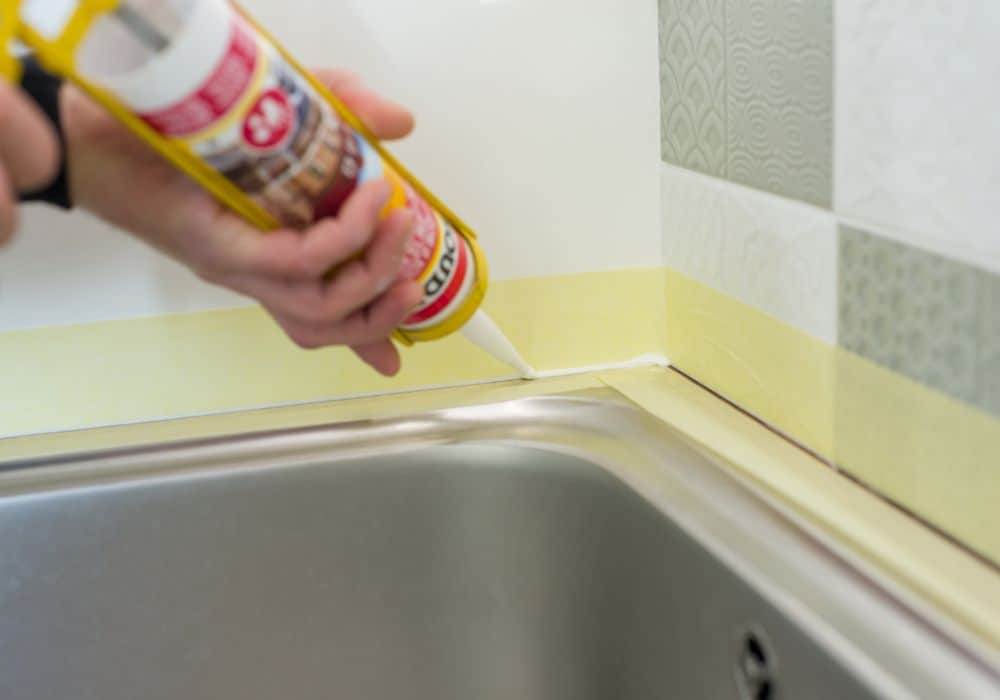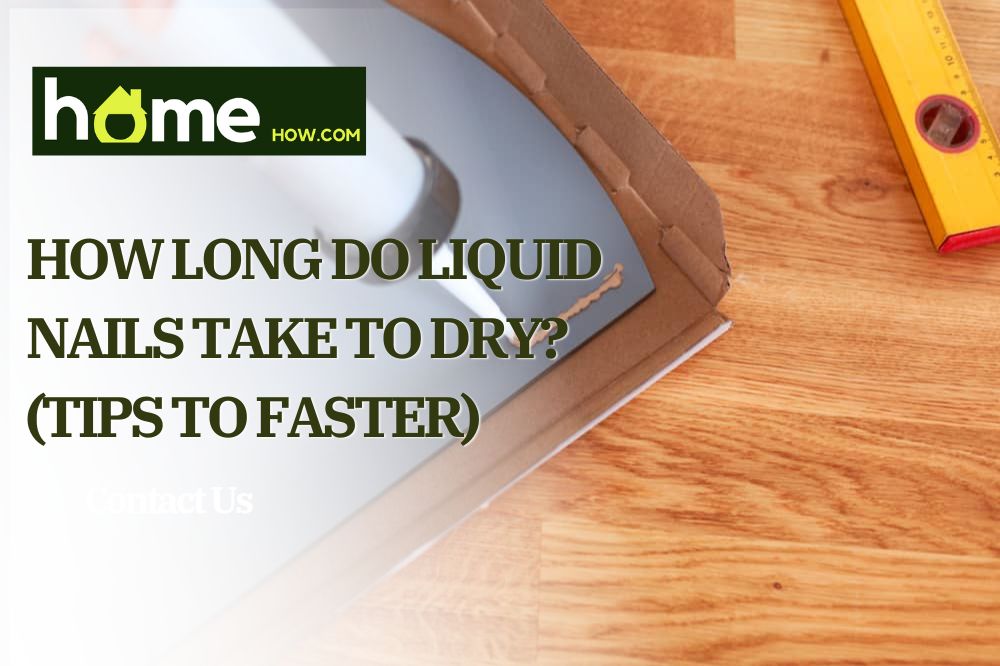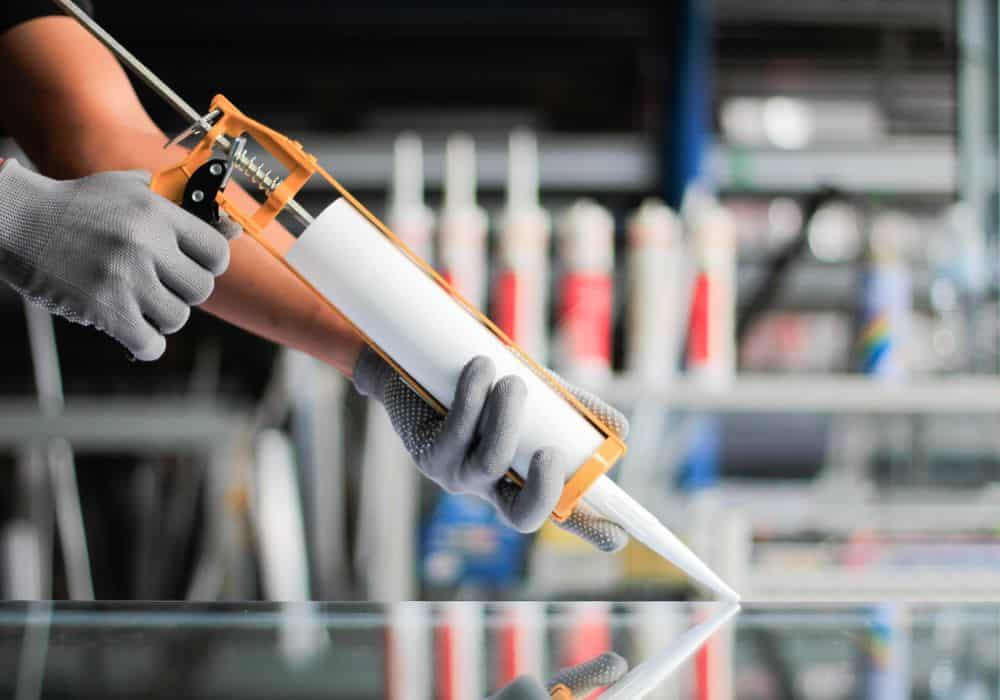The liquid nail is a great invention, as it saves you all the trouble of using traditional nails. So, as much as you want, you can do away with nails and hammers in your toolbox while having the handy and effective liquid nail at your disposal!
Liquid nails are strong construction adhesives for home repairs and specific heavy-duty projects. This adhesive can be used on hard or non-porous materials like plywood, metal, concrete, tile, glass, foam, leather, masonry, cement, and rubber, which makes it better than wood glue. They are stress-free to apply, guarantee extended stay, and are safer than conventional nails.
But one thing you must take particular note of when using them is their drying time. You must allow the liquid nail to dry properly on the materials before using them. So, how long do liquid nails take to dry? This article answers this vital question and gives insight into a few other things you should know about liquid nails.
Liquid Nails Dry And Cure Time
After using a Liquid nail, it is vital that you leave out enough time for it to dry. It starts drying some 15 minutes after application and will require 24 hours for the drying process to complete. Once the liquid is dry, it becomes hard to touch, and you may remove any clamp used to hold it in place. However, dry time is not the only thing you should worry about. While liquid nails take about 24 hours to dry, they take longer to cure.
The cure time and drying time of liquid nails are different and, for your understanding, should not be taken to mean the same thing. The liquid nail has to cure to reach its full strength and produce a better and more durable bonding. Cure time may take up to one week, depending on the type of materials it is applied upon and certain other factors, which also affect the dry time; we’ll discuss them in full length below.

Factors That Affect Dry/Cure Time For Liquid Nails
The cure time for construction adhesives may differ based on the types. There are two basic types of liquid nails including Neoprene (synthetic rubber-adhesive) and Water-based acrylic base. These adhesive types have various features that determine what materials they can bond to and how much they take to dry and cure. While Neoprene is suitable for plastic and is water-resistant, the other is best suitable for porous materials.
However, apart from the type, there are other factors that determine liquid nail drying time, some of these are:
- Temperature
The temperature of the room and the bonding surface contributes to the amount of time liquid nails take to cure. Low temperatures make curing slower and would, thus, take twice as much time as with a higher temperature. A temperature level between 40 degrees Fahrenheit and 90 degrees Fahrenheit is most suitable for the adhesive’s curing process.
However, liquid nails are known for being temperature-tolerant as they can work in different weather conditions.
- Humidity and moisture
It is advisable to use solvent-based adhesives for wet surfaces as it will quicken the curing process. And reduce the humidity in the air with a fan, but do not direct the fan straight to the surface; this is only to get an improved airflow. Otherwise, the curing time will be longer than usual with a wet surface and an environment with high humidity.
- Surface porosity

Non-porous surfaces such as metals and plastics slow the cure time and may stretch more than a day to dry and more than a week to cure fully. To avoid this, make sure at least one of the materials you’re applying the liquid nail on is porous.
- Liquid quantity
Small amounts of liquid nail adhesives dry faster than large amounts do. However, if the material you need to apply it on requires a substantial amount to be held together, then you’ll need to plan to wait a bit longer on its curing time. You may check the user’s guide that comes with the product before use to ensure you’re not applying the adhesive more than is needed.
- Type
There are various liquid nail products, some of which may have a different dry time than expected. For example, while most take only 24 hours to dry, others may require less than 6 hours or up to two days to dry. In addition, specific types of liquid nails, like polyurethane-based adhesives, which take only 10 minutes, are designed to have less dry time. However, their rapid dry time should not be taken to be synonymous with having a long-lasting effect and creating a stronger bond than standard construction adhesives.
Tips To Making Liquid Nails Dry Faster
Now that you know how long liquid nails take to dry and the factors contributing to their drying process, you may want to know some things to do to hasten it. If you are in urgent need of the material and you can’t wait for the dry time and still need a strong result, here are a few tips to make the liquid nail dry faster:
- Increase room temperature: Where the room’s temperature is low, or you’re using the liquid nail in outer space, you may consider using a space heater. Generally, a temperature level of 70 degrees and above guarantees quicker adhesive drying.
- Improve ventilation: Increase the room’s ventilation in case of low humidity by circulating airflow through a fan or by opening windows; you can also use a dehumidifier. This results in faster absorption and relatively hardens the solvent in the glue, as liquid nail adhesive cannot dry in stagnant air.
- Avoid wet surfaces: Make sure the surface to which you’re applying is dry and clean. A damp surface makes drying take a bit longer.
- Use thinner layers: Do not add thick layers of the adhesive; only add as much as required.
- Don’t distort the drying process: Don’t mess with the liquid nail; leave it alone once you’ve applied it to the surface. You may distort the drying process if you make adjustments or touch the applied adhesive.
How To Remove Liquid Nails From Your Surface
You may encounter a situation where you’ll need to remove liquid nails from your surface. This may be less tasking if the adhesive merely smudged a surface you don’t want it on. And you should have it off in just a few steps, as expressed below:
- Soften the liquid nail with a blow dryer or an electric heat gun at about 140 degrees Fahrenheit; this may take a while
- Apply petroleum jelly or mineral oil to enhance its softening process and get rid of the nail’s composites
- Get a trowel to scrape the liquid off tiles or walls.
- Use soap and water to wash off the remnants of the adhesive for latex-based adhesive, or use acetone to wipe out nail traces from the surface.
While this process may take some hours, it is relatively more straightforward than when you need to separate two adhered surfaces. It takes longer and proves more strenuous than a scrape-off process because bonded materials are almost breakable once cured, but it is certainly possible. Follow these steps if you need to separate the liquid nail from bonded materials.
- First, get the required materials: windshield cut-out wire, wire cutters, safety gloves or handles, safety goggles, and two screwdrivers.
- Cut out a wire length about 2-3 feet longer than the part you want to remove.
- Work the wire beneath the affected part using handles or safety gloves to protect your hands.
- Saw the part with the wire back and forth with moderate pressure, and see that the adhesive starts cutting out.
- After you’ve cut a few inches out, use a screwdriver to widen the gap you’ve created.
- Keep sawing with the wire and the screwdriver until the part has entirely given way.
- Remove the cut part and scrape any adhesive remnants off the surface with a trowel.
- If the adhesive is too hard to scrape off, apply a small amount of baby oil to lubricate and soften it. Then, go back to scraping it after about an hour. You may repeat this process a few times to have the adhesive entirely removed.
Conclusion
The Liquid nail is a strong construction adhesive for building projects and can be used for various materials. They provide seamless and efficient work with excellent adhesion for integrating materials and minor repairs which can hold heavy loads up to 100kg/ sq. cm. And with nearly as little as a drop, materials can bond in no time.
This adhesive reaches its maximum strength when appropriately applied and given time to cure while considering the required factors. And luckily, you can speed up its drying process by creating an environment most suitable for its cure. However, you must wait until the liquid nail has fully cured before you start using the material.
Lastly, because liquid nails are strong adhesives, they may seem too hard to be removed from surfaces. However, they can be scraped off by applying maximum effort and following the instructions in this article.

